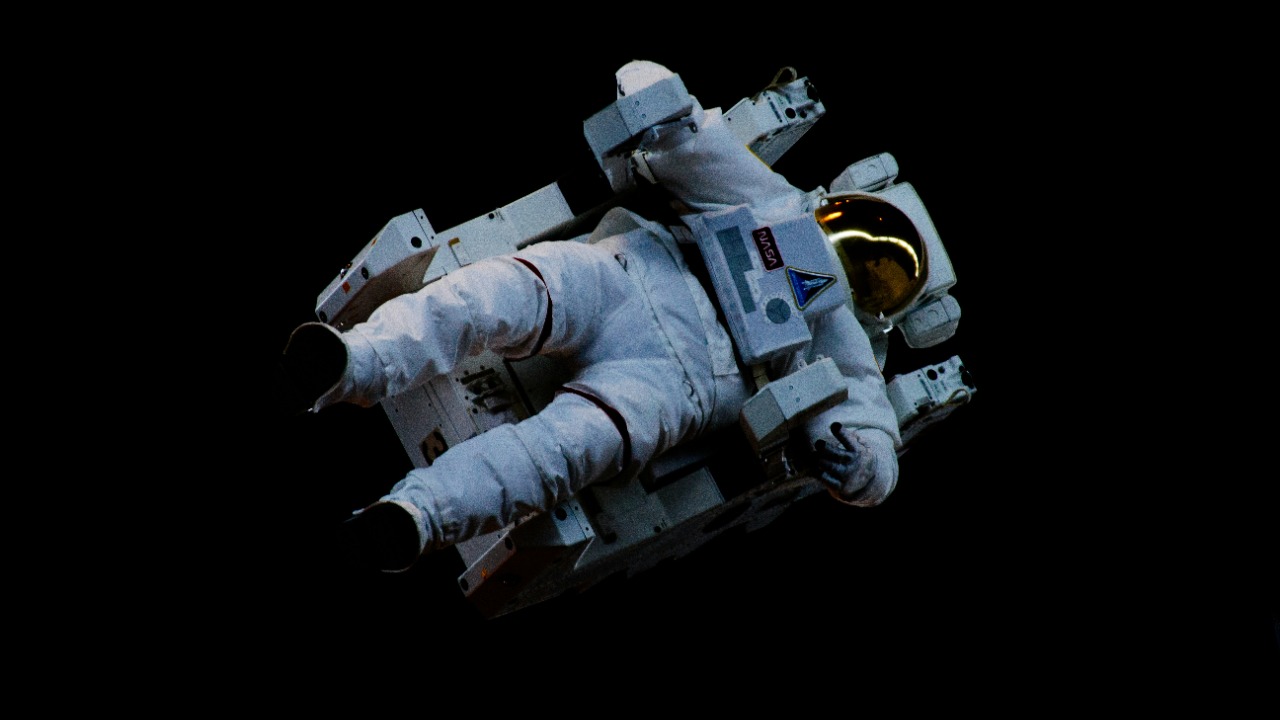
Despite the aggressive marketing efforts by Disney and NASA to promote space travel, public interest remains low as of August 4, 2025. This highlights a significant disconnect between interstellar ambitions and real-world buy-in. Overlooked amid the hype are profound human costs, such as the ways space travel affects the eyes and broader ethical concerns of deep space travel, which could render long-term missions untenable for crews.
The Public’s Reluctance to Embrace Interstellar Dreams
Disney and NASA have invested heavily in promoting space travel through media campaigns, yet they face widespread disinterest. This lack of engagement is evident in the failure of public campaigns to capture the imagination of the masses. Despite the allure of space exploration depicted in films and documentaries, the reality is that economic and cultural barriers persist, making interstellar travel a niche fantasy rather than a societal priority. The high costs associated with space travel and the perception that it is a luxury for the elite contribute to this disinterest. To rebuild enthusiasm, it may be necessary to draw parallels with the historical space race, which was driven by national pride and scientific curiosity, rather than relying solely on commercial interests.
Health Hazards Threatening Astronaut Vision
Space travel poses significant risks to astronaut health, particularly concerning vision. Physiological changes to the eyes, such as fluid shifts and pressure alterations during microgravity exposure, have been documented. These changes can lead to irreversible vision loss, which poses a serious threat to the success of interstellar missions. The implications are dire, as impaired vision could compromise navigation and operations over the course of years-long journeys. Efforts to mitigate these risks include the development of specialized eyewear and exercises designed to counteract the effects of microgravity. However, the effectiveness of these measures remains uncertain, highlighting the need for continued research and innovation in this area.
Ethical Quandaries in Deep Space Exploration
Deep space exploration raises numerous ethical concerns, particularly regarding crew selection and the psychological isolation experienced during long missions. The high-risk nature of these missions necessitates informed consent from participants, yet the potential for unforeseen challenges complicates this process. Additionally, planetary protection and the impact of human activity on extraterrestrial environments present moral dilemmas. As we venture into uncharted territories, the responsibilities of human explorers must be carefully considered. Furthermore, there is a pressing need to address equity in access to space travel benefits, ensuring that the risks and rewards are distributed fairly across different demographics.
Urgent Need for Advanced Propulsion Solutions
The limitations of chemical rockets for interstellar distances have prompted calls for the development of nuclear space travel. A recent study emphasizes the need to prioritize this technology to overcome the current propulsion challenges. However, the implementation of nuclear systems presents significant safety and regulatory hurdles, including concerns about radiation exposure and compliance with international treaties. Despite these challenges, the integration of nuclear technology into space travel is crucial for achieving feasible interstellar speeds. Comparing current propulsion methods with the potential of nuclear technology underscores the gap that must be bridged to make interstellar travel a reality.
Relativistic Realities and Temporal Complications
The universe’s hidden ‘scars,’ such as cosmic strings, offer tantalizing possibilities for shortcuts like time travel. However, these theoretical concepts introduce unpredictable paradoxes that could complicate interstellar missions. Time dilation effects, where high speeds desynchronize traveler timelines from Earth, exacerbate the isolation experienced by crews. While the scientific feasibility of using cosmic strings remains speculative, the potential risks highlight why temporal factors are an under-discussed barrier to viable missions. Understanding these relativistic realities is essential for planning future interstellar endeavors, ensuring that the challenges of time and space are adequately addressed.
More from MorningOverview